Biodiversity
Biodiversity includes all kinds of plants, animals and micro-organisms, but also the enormous genetic diversity within these species and the variation of ecosystems to which they belong. Climate change and the intensification of land use are causing a reduction in biodiversity. We aim to counter this by supporting and stimulating biodiversity.
Trees, nests, river banks and meadows
You will find below examples of the numerous ways in which the Bio Science Park is aiming to expand the local biodiversity.
Would you like to learn more about this topic? Click here for an article on the ecological plan to strengthen natural values at the LBSP and here to visit the LBSP Real Estate webpage. There, you will find both the plan and a comprehensive brochure on contributing to a nature-inclusive Leiden Bio Science Park.
An incubator for innovation

Hartlijn
The Leiden municipality is also working with the University on improving the public space and creating the Hartlijn ('Heart Line'), a green walking and cycling route through the park. A total of 43 trees will be replanted, 17 felled and 83 new trees planted. With the new planting plan, the municipality will include species that ecologically have the most added value. This means as many native species as possible, including the hawthorn, pollard willow, rowan, black alder, black poplar and crab apple.

Relocating trees
A good tree balance is important for biodiversity. Wherever possible, trees that cannot remain standing due to traffic safety and accessibility are replanted. A large plane tree has already been moved to the nearby Campus square.

Nesting boxes
Building design takes into account the use of nesting boxes by sparrows, swallows and bats. Twenty bat nesting boxes have been installed on the outside of the University’s Willem Einthoven building.

Bee hotels
Bee hotels have been placed in the courtyard of the Gorlaeus building, at SRON and at Naturalis.

Nature-friendly river banks
We are making the river banks on the LBSP more nature friendly. The water’s edges have been made more sloping, which makes them more suitable for planting and for animals.

Mowing policy
The right mowing policy protects biodiversity. By being smart in determining the frequency and time of mowing, we can achieve the kind of grassland we want. Different types of grassland produce different flora and fauna.

Nature-friendly lighting
Nature-friendly lighting also plays a role in biodiversity. This means amber-coloured street lighting, directed lower down rather than towards the sky. This kind of lighting is used on the car park at Nieuw-Rijngeest Zuid.

Artificial nests for small falcons
The municipality of Leiden has placed artificial nests in the poplars along the Wassenaarseweg for the hobbys, a type of small falcon, that nest there. The municipality is also redesigning the verges and river banks along the road.






